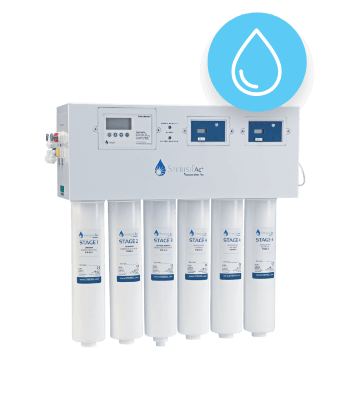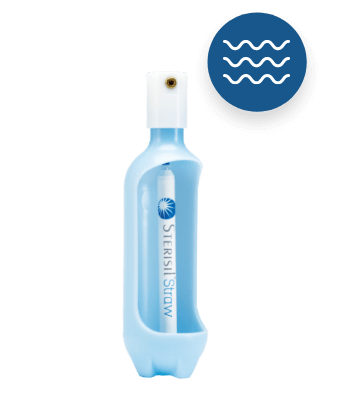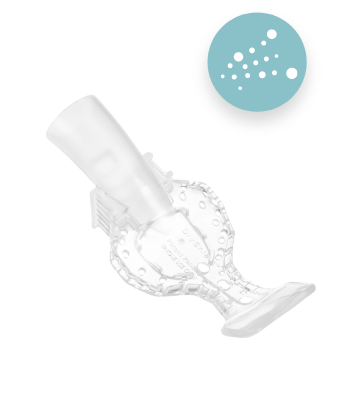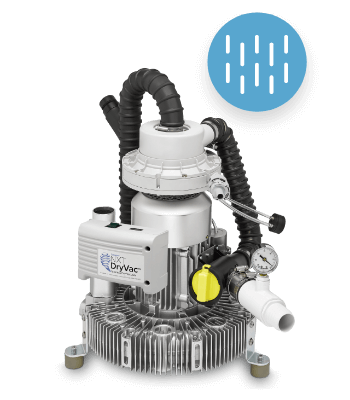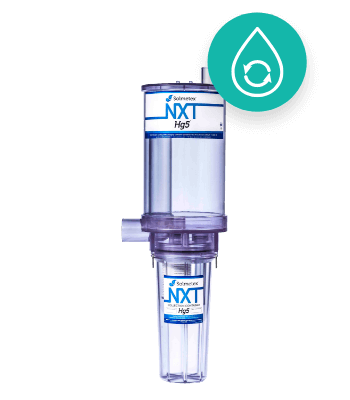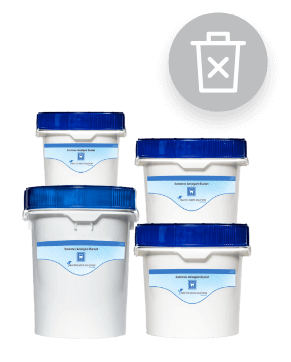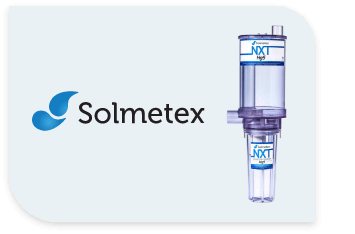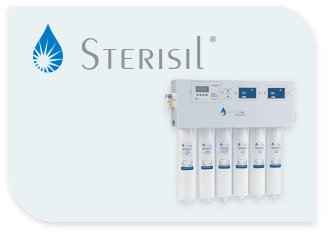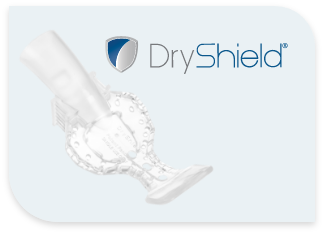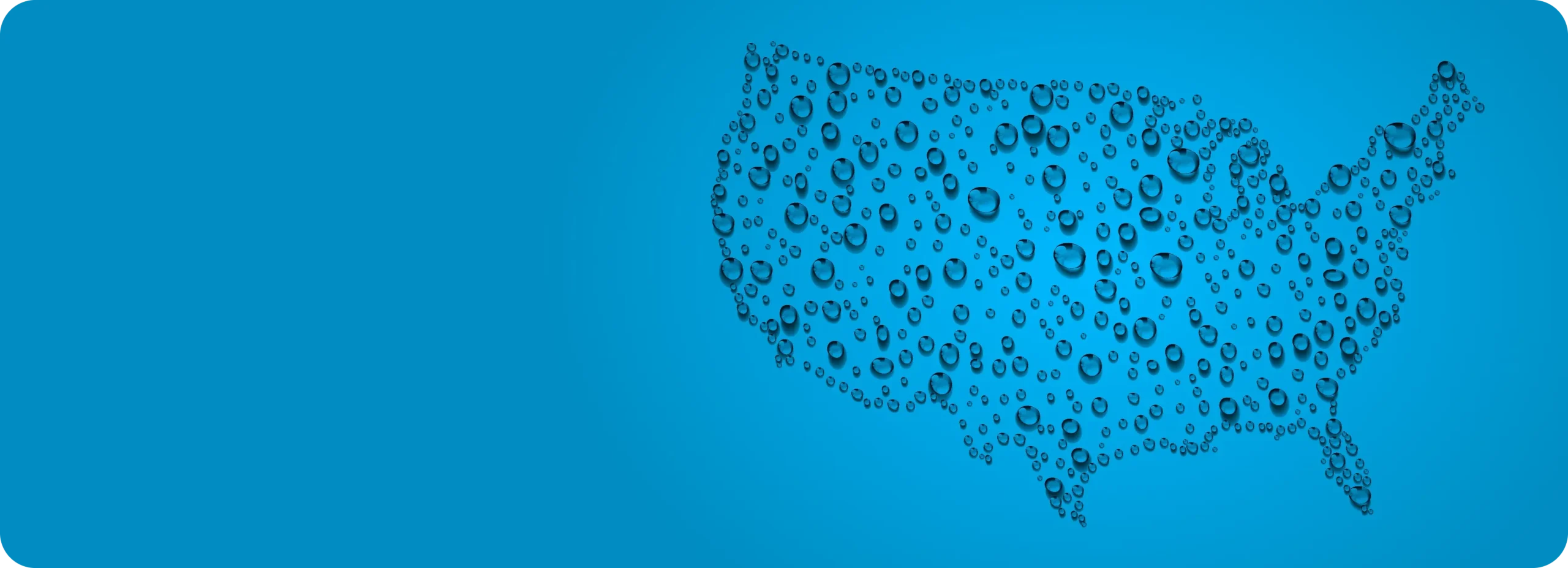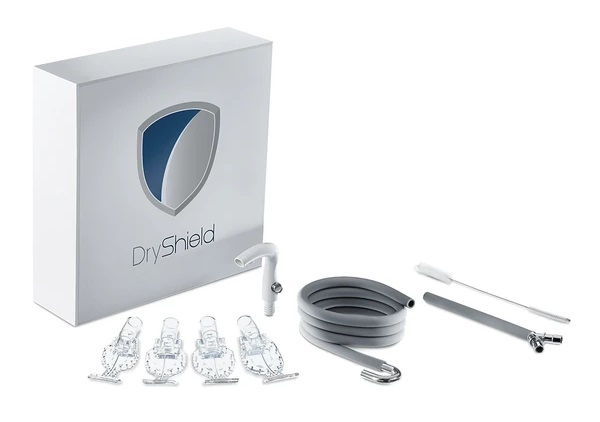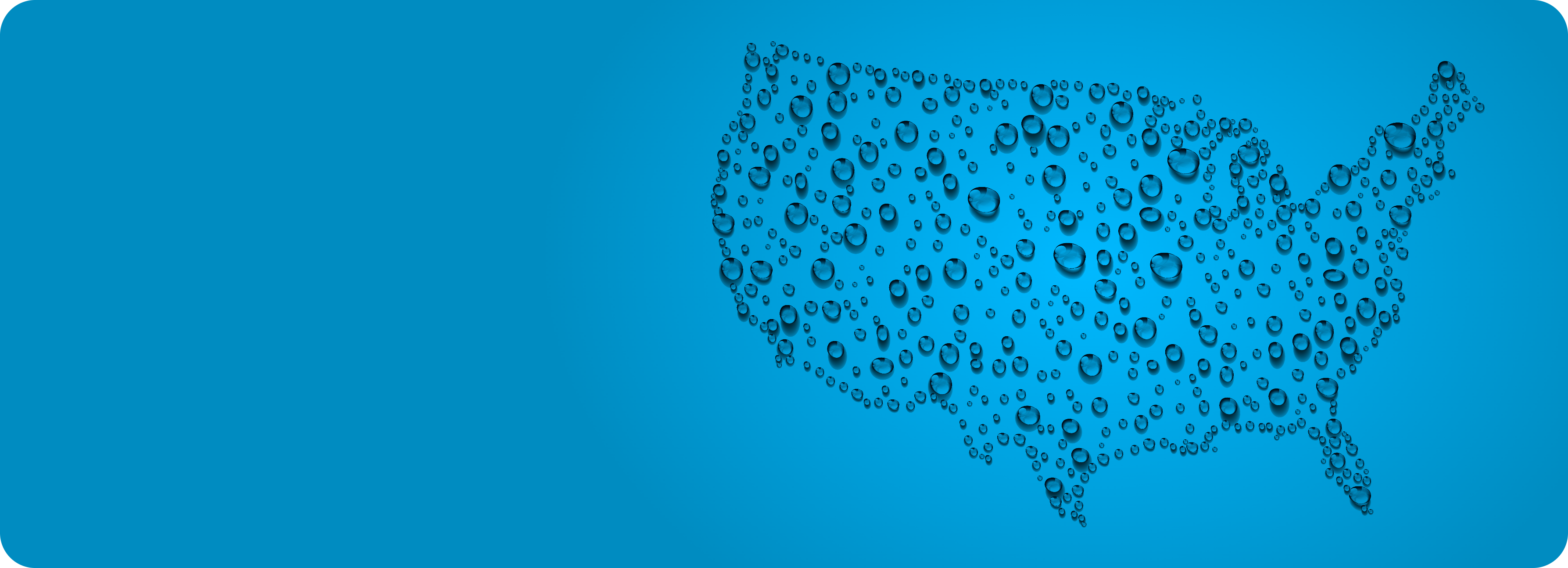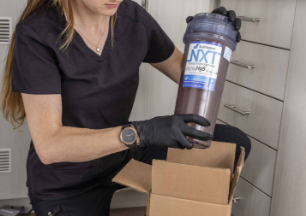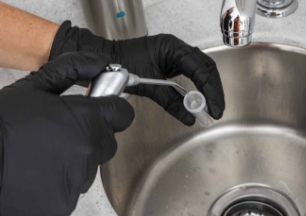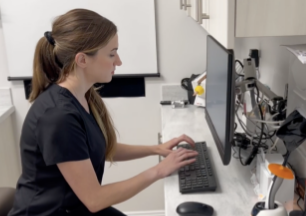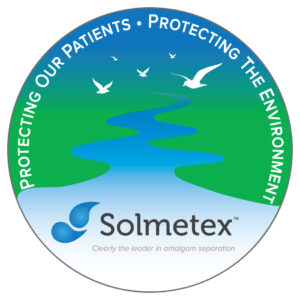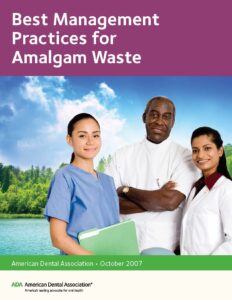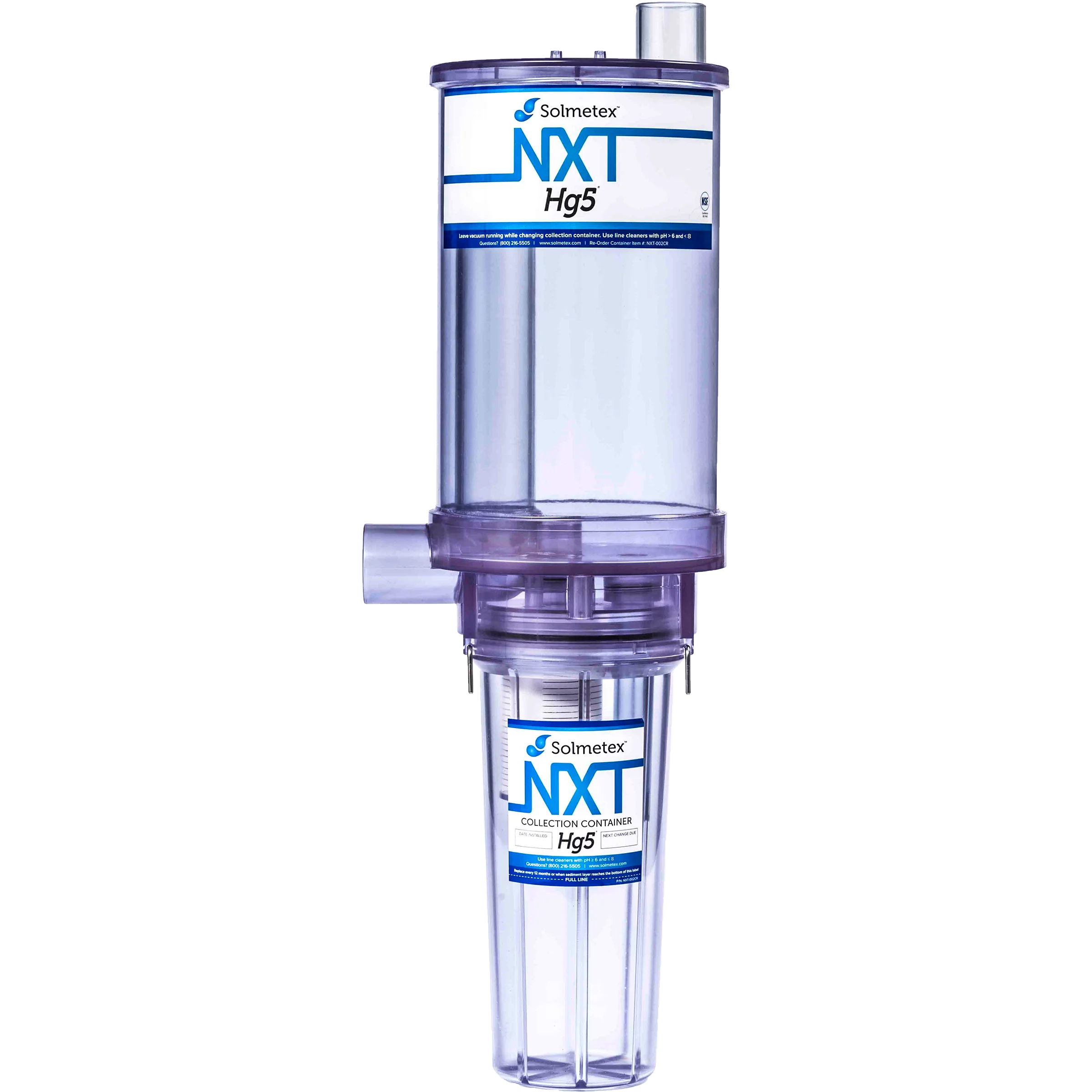Overview: EPA "Dental Rule" Regulation on Amalgam Waste
Per the EPA, effective July 14, 2020, all existing dental practices were required to install either an ISO 11143:2008 certified amalgam separator or a certified ANSI/ADA Standard No.108 amalgam separator, both at a separation rate of 95%. Now, for existing offices, a One-Time Compliance Report must be submitted to the local Control Authority (POTW) no later than October 12, 2020.
- Offices must maintain and make available for inspection in either physical or electronic form, all associated documentation for a minimum of three years.
The ADA petitioned the EPA to push the effective date due to Covid-19, the EPA instead suggested that local authorities refrain from enforcement until October 12, 2020, the date on which all compliance certification is due to the local water control authority.
- Solmetex has heard several stories from practices who have received warnings or citations, with the potential for monetary fines and office closures, from POTW inspectors regarding their lack of compliance.
Please find a link to the Final Rule here.
Overview: “Effluent Limitations Guidelines and Standards for Dental Offices”
Solmetex has the experience and products to ensure your practice is in full compliance with the EPA regulation "Effluent Limitations Guidelines and Standards for Dental Offices", commonly referred to as the "Dental Amalgam Rule". Below are the key points from the new EPA regulation.
EPA Dental Regulation Implementation Period:
ALL dental practices are required to install either a ISO 11143:2008 certified amalgam separator or a certified ANSI/ADA Standard No.108 amalgam separator, both at a separation rate of 95%.
- New dental practices have 90 days to install an amalgam separator.
- Existing dental practices have until July 14, 2020 to install an amalgam separator.
- Existing dental practices who already have an amalgam separator installed have until July 14, 2024 to install an amalgam separator that meets all the regulation requirements.
Exemptions:
The dental rule applies to offices, including large institutions such as dental schools and clinics, where dentistry is practiced that discharge to a POTW. The new EPA dental regulation does not apply to mobile units or offices where the practice of dentistry consists only of the following dental specialties: oral pathology, oral and maxillofacial radiology, oral and maxillofacial surgery, orthodontics, periodontics or prosthodontics.
Change out:
- The regulation requires dental offices to follow manufacturer’s guidelines when changing out their containers.
- Dental offices that discharge to POTWs but do not place or remove amalgam need only submit a certification.
- Dental offices that place or remove amalgam must install, operate and maintain an amalgam separator and must dispose scrap amalgam properly (may use a Solmetex amalgam bucket).
- Dental offices must use line cleaners with a pH level between 6-8.
- Dental offices must submit a compliance report. While these reporting mechanisms will be required the details on how and when they are to be done is still to be determined and will mostly likely fall to the individual states and local water authorities.
Maintenance:
- Each dental office will be responsible for implementing the ADA's Best Management Practices (BMPs) regarding amalgam waste within their practice. While amalgam separators are the focus of the proposed regulation, the regulation is about responsible management of amalgam waste.
- Dental offices are required to manage the disposal of wet amalgam waste (amalgam separator) and dry amalgam waste (amalgam bucket for example) as defined in the BMPs. Dry amalgam waste includes all items that come in contact with amalgam, such as chairside traps, amalgam capsules, vacuum filters and contact & non-contact amalgam.
- A malfunctioning amalgam separator must be repaired or replaced no later than 10 days after the problem is discovered.
Important Links:
To show your pride in doing your part in creating a cleaner & safer environment...
Please display this window decal in your office window. Click here for your complimentary decal.
Webinars
- The 4 Things To Know To Be Compliant With The EPA Dental Rule On Amalgam Waste. - Megan Solo & Jeffrey Lesko
The 4 Key Components to Compliance
#2 - Properly Marked Amalgam Bucket
PWS Amalgam Bucket
#3 - Vacuum Line Cleaner w/ Neutral pH
PowerScrub Vacuum Line Cleaner
#4 - Certificates of Recycling
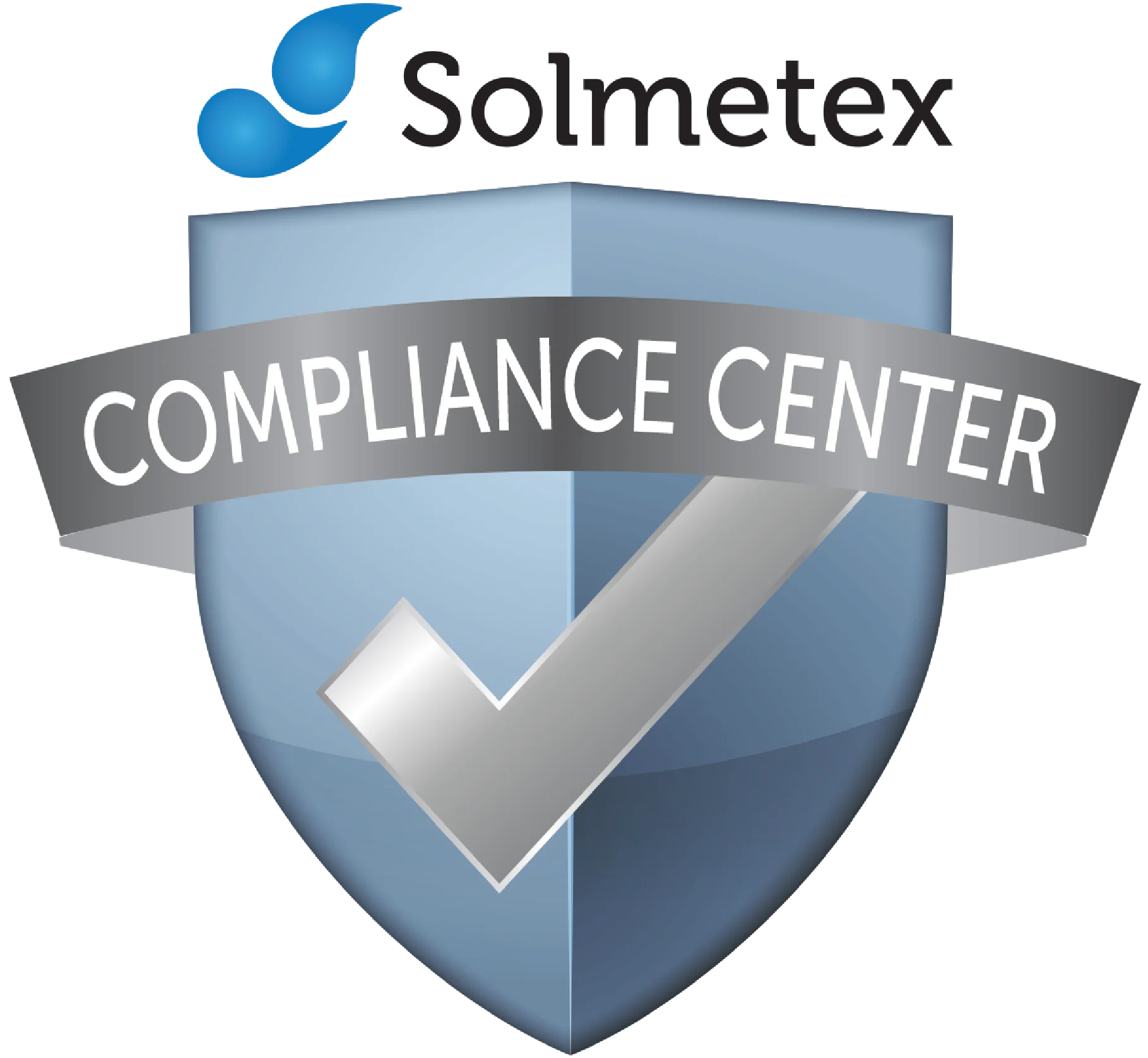
Our Compliance Center houses your certificates online, available 24/7
Regulation History Across the U.S.
| States | Deadlines | |
| Maine | December 31, 2004 | |
| New Hampshire | October 1, 2005 | |
| Connecticut | January 11, 2006 | |
| Massachusetts | June 22, 2006 | |
| Vermont | January 1, 2007 | |
| New Mexico | December 31, 2014 | |
| New York | May 12, 2008 | |
| Rhode Island | July 1, 2008 | |
| New Jersey | October 1, 2009 | |
| Oregon | January 1, 2010 | |
| Michigan | December 31, 2013 | |
| Local Areas | ||
| Wichita - KS | June 1, 2001 | |
| King County (WA) | June 1, 2003 | |
| Palo Alto - CA | March 31, 2005 | |
| Fort Collins - CO | July 1, 2005 | |
| San Francisco Bay Area | January 1, 2007 | |
| Eau Claire - WI | January 1, 2008 | |
| Watertown - WI | January 1, 2008 | |
| Milwaukee - WI | February 1, 2008 | |
| Racine - WI | February 1, 2008 | |
| La Crosse - WI | March 26, 2008 | |
| Neenah Menasha - WI | June 1, 2008 | |
| Dane County - WI | December 31, 2008 | |
| Waukesha - WI | December 31, 2008 | |
| Madison Metropolitan Sewerage District - WI | December 31, 2008 | |
| Chippewa Falls - WI | April 1, 2009 | |
| Albuquerque | June 30, 2010 | |
| Bernalillo County - NM | June 30, 2010 | |
| Menomonie – WI | July 1, 2010 | |
| Central Marin Sanitation Agency / Las Gallinas Valley - CA | December 31, 2010 | |
| San Josè / Santa Clara - CA | 07/2009 - 12/2010 | |
ADA says that also the counties of Duluth (MN), Boulder (CO), Colorado Springs (CO), Highlands Ranch (CO), Fountain (CO), Livermore (CA), the Metro Counties (MN) and Solon (OH) have mandates for amalgam separators.
San Francisco and surrounding Bay Areas communities are: Alameda, Albany, Berkeley, East Palo Alto, El Cerrito, Emeryville, Kensington, Los Altos, Los Altos Hills, Mountain View, Oakland, Richmond Annex, Union Sanitary District (Freemont), Newark, Union City).
